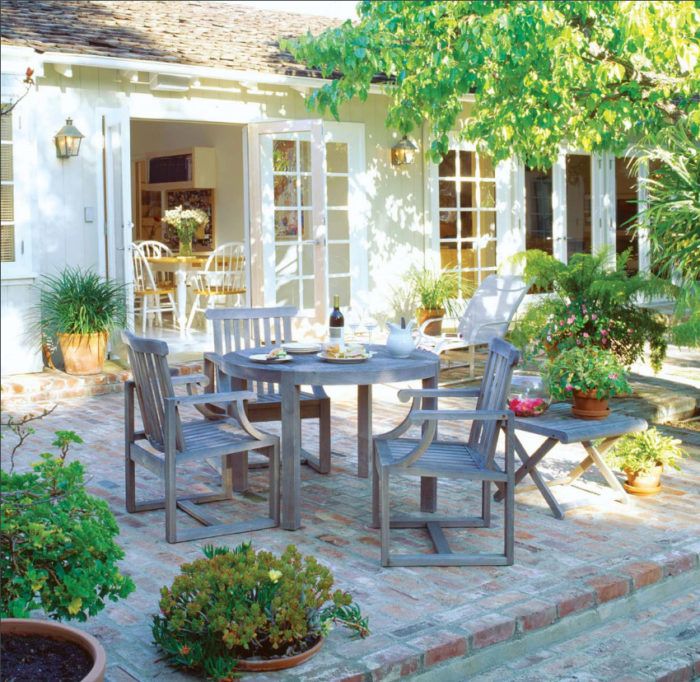Patio Doors
Replace a sticky slider or make a wall of glass—today's patio doors are stylish, durable, and secure.

Synopsis: Patio doors go far beyond the rickety sliders of yesteryear—you’ll be surprised at the advances that have been made in energy efficiency and security (including with the humble slider). From swingers to accordion doors to even tilt-and-turn, our guide will help you choose a door that will open up your house to the outdoors in style.
For some people, patio doors evoke memories of wafting summer breezes and unobstructed views. But for others, the words conjure images of pitted aluminum frames, fogged glass, balky rollers, and flimsy locks. Don’t despair: The good things have gotten better and the bad have changed. Materials now last longer, look better, and need less maintenance, and styles range from hinged French doors with custom grilles to whole walls of glass panels that fold out of the way.
Unchanged are the flexible design advantages of patio doors. They are both door and window, providing access to the outdoors, light and fresh air, and wider views than all but the largest windows. Patio doors are available in widths from a few feet to 40 feet or more. They can be designed and installed in a variety of configurations, making them adaptable to small or large rooms and compatible with a range of architectural styles.
There are two types of patio doors—swinging and sliding—and because they are mostly glass, they have many of the characteristics of modern windows. Like windows, patio doors and frames are made of a variety of materials and finishes—wood, aluminum and vinyl cladding, steel, extruded vinyl, and fiberglass. Hardware styles and locking systems vary considerably, with choices more abundant as the price goes up.
Swinging: in or out
Although the term “French doors” is often used generically to refer to all varieties of swinging and sliding doors, traditional French doors consist of a pair of hinged doors that open from the middle and have a wider frame at the top, bottom, and sides (referred to as rails and stiles) than do other patio doors. Swinging patio doors are available in many widths, from a single-panel door about 2 feet wide to four-panel units 14 feet wide, and specialty doors even wider. Heights typically range from 6 feet 7 inches to 8 feet.
With a pair of swinging doors, one or both of the doors can be made to open (what the industry calls “active”), and they can be hinged either from the door jamb or at the center of the unit, in which case one panel remains stationary. In larger units, stationary and active panels can be combined in a number of ways.
Just like other entry doors, swinging patio doors are usually installed so the door swings into the house, called an in-swing. While throwing open a pair of in-swinging doors might seem like the ultimate way to welcome someone into your house, the sweep of the doors can take up valuable floor space in a small room. A variation on the in-swinging patio door is the tilt-and-turn door. Crank the handle one way and the door tilts in at the top, providing indirect ventilation. Turn the handle in the other direction and the door swings inward.
For more photos and details on the new era of patio doors, click the View PDF button below.

























